Mythology
-
Not every deity in Ancient Egypt was celebrated with grand temples or elaborate state-sponsored rituals. Some, like Bes and Taweret, were more intimately integrated into everyday home life, invoked for safety and protection. Meretseger stands as a notable middle ground; while she had a following among common folk, her realm extended beyond the domestic sphere.…
-
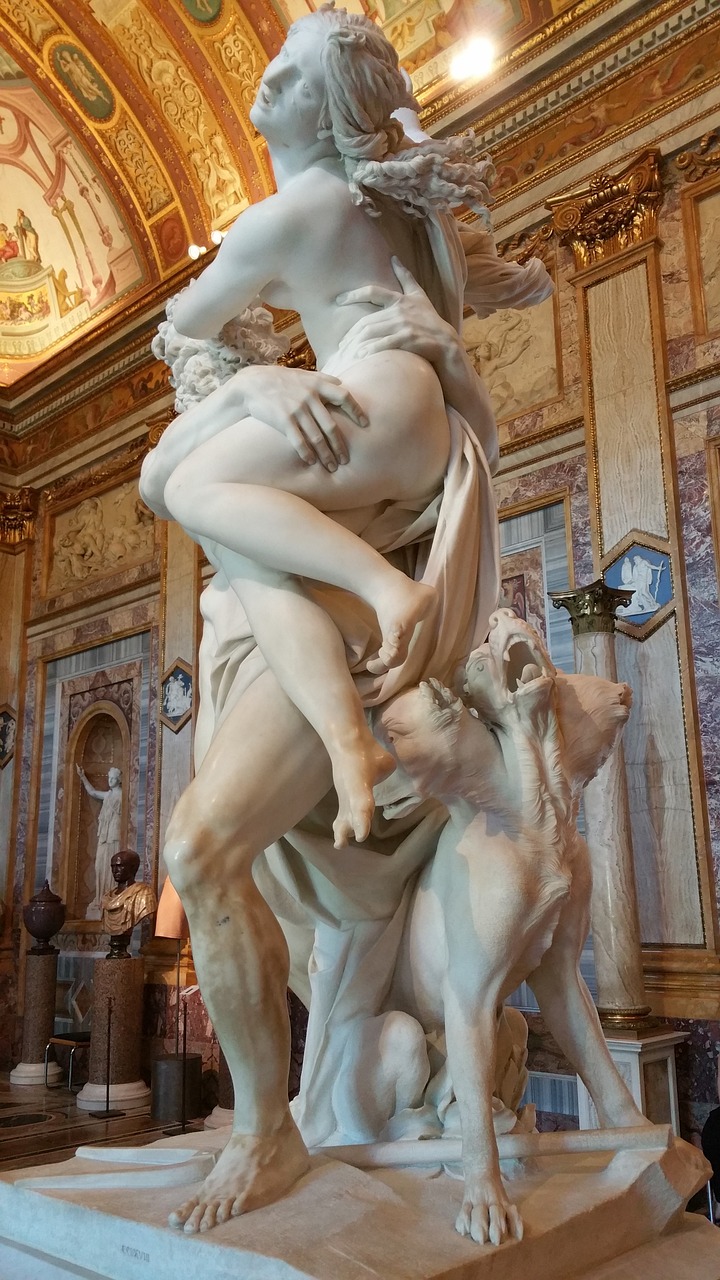
Overview Pluto, the primary deity of the Roman underworld, held a significant position among the chthonic gods. He represented not only the dead but also governed the wealth hidden beneath the earth in ores, metals, and precious stones. Renowned for his immense power, Pluto also played a crucial role in determining mortal destinies. Often associated…
-
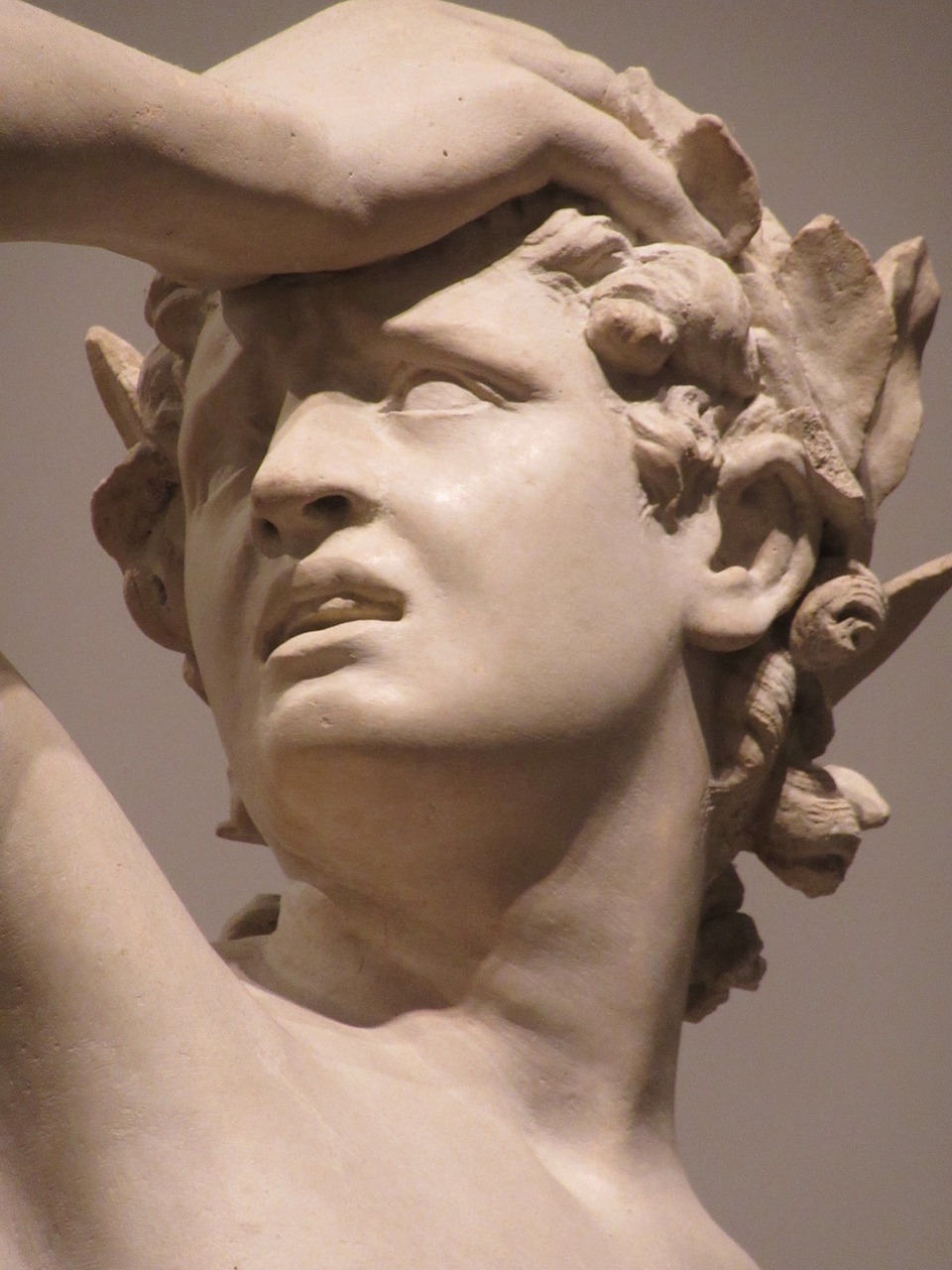
The Orpheus Myth: Its Enduring Influence in Opera The Myth The narrative of Orpheus originates from Ancient Greece, evolving from even more ancient tales. The most celebrated retellings are crafted by renowned Roman poets, Virgil and Ovid. Orpheus is depicted as an extraordinary poet and musician whose enchanting melodies from the kithara—a stringed instrument akin…
-
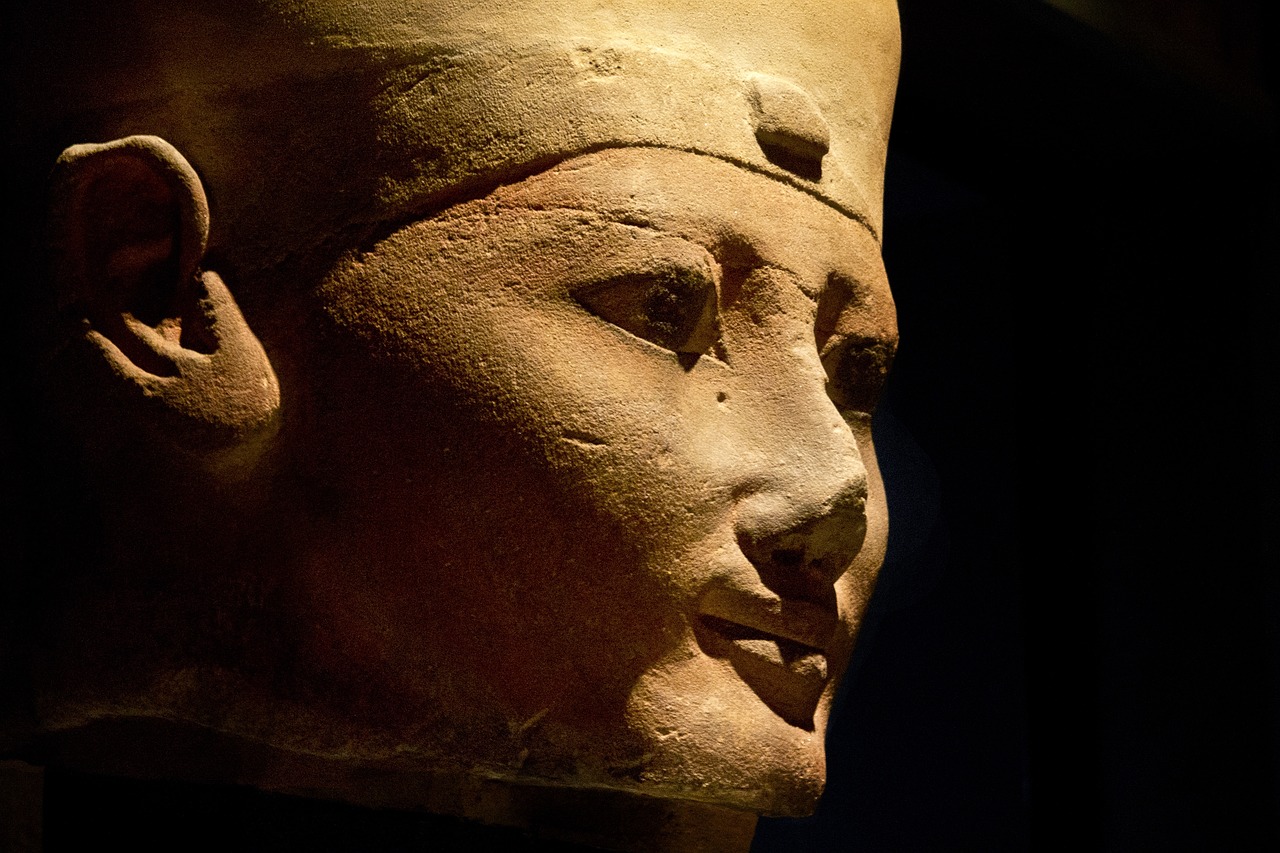
The pantheon of ancient Egyptian deities is rich with figures that embody various elements of both human experience and the natural realm. A particularly significant deity within this grand assembly is the goddess Mut, who symbolizes maternal strength and divine motherhood in the mythology of ancient Egypt. Her myriad forms of influence, extensive symbolism, and…
-
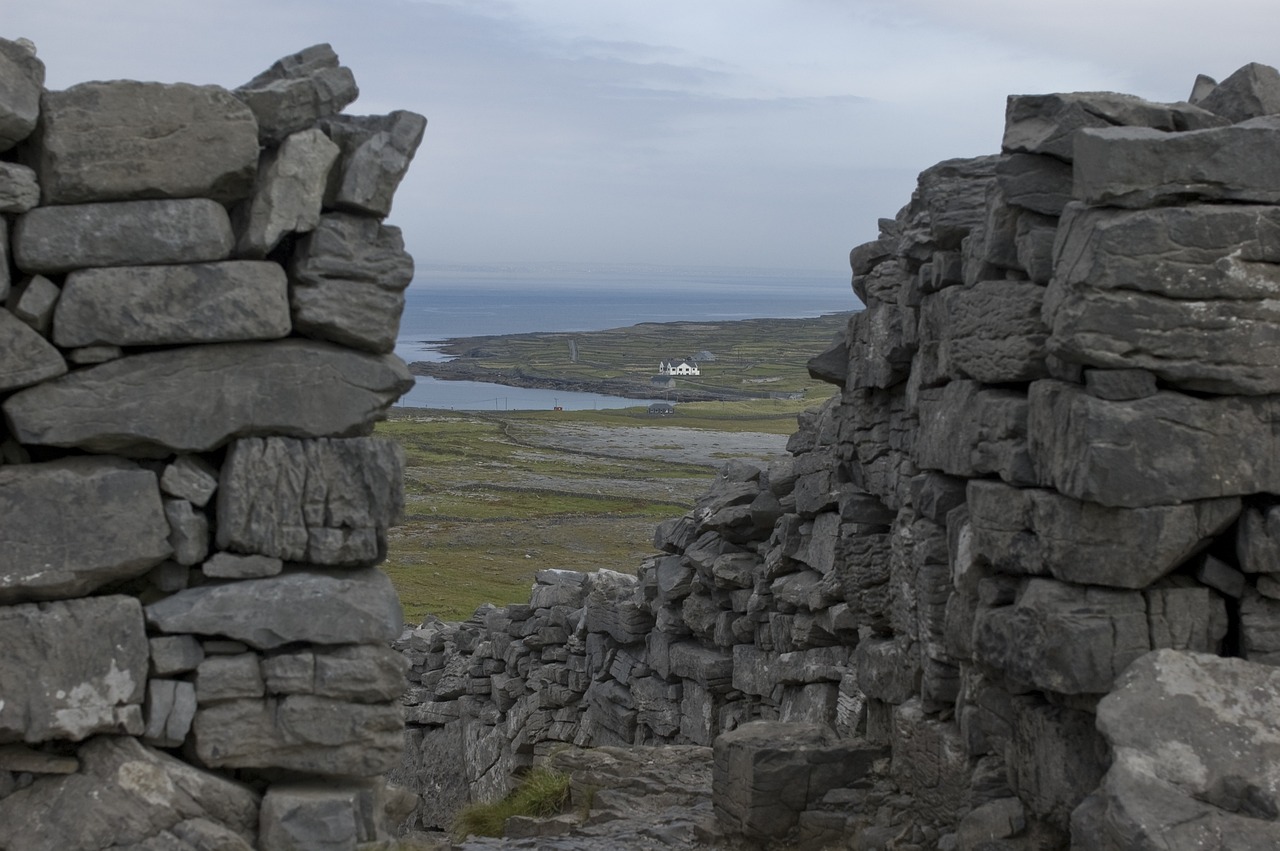
Aengus, known as one of the eminent figures of the Tuatha Dé Danann, symbolizes a magical lineage that arrived in ancient Ireland, bringing forth a rich tapestry of culture and mythology. Over time, members of this celestial race gained reverence, evolving into deities; it’s important to note that their perception of divinity greatly diverged from…
-
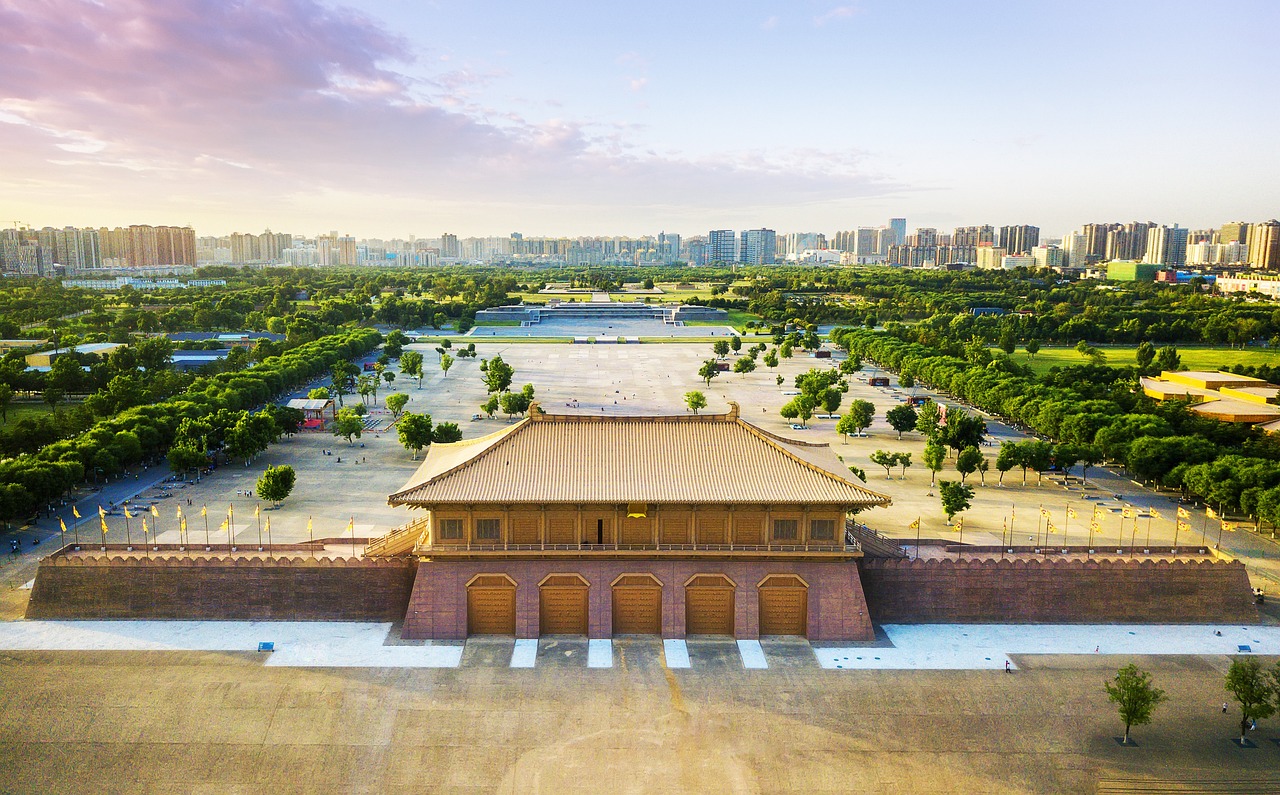
Tang Seng, known in English as Tripitaka (唐三藏 táng sān zàng), stands as a central figure in the classic Chinese novel “Journey to the West” (西游记 xī yóu jì). The narrative chronicling his epic expedition involves traveling to India to procure a collection of sacred Buddhist texts, aimed at disseminating Buddhist doctrines throughout China. Accompanying…
-
Cernunnos: The Mysterious Horned Deity Overview Cernunnos is regarded as the Gaelic god associated with wildlife and unspoiled natural landscapes. Known as the Horned One, he is seen as a bridge between humanity and the natural world, possessing the unique ability to harmonize the relationships between predator and prey. Despite being an enigmatic figure, his…
-
The ancient site of Tlachtga, located just twelve miles from the renowned Tara, serves as a pivotal piece of Celtic religious history, albeit overshadowed by its more famous counterpart. Tlachtga was the heart of the Great Fire Festival, marking the arrival of winter, where pre-Christian Irish rituals sought to reassure the community that light and…
-
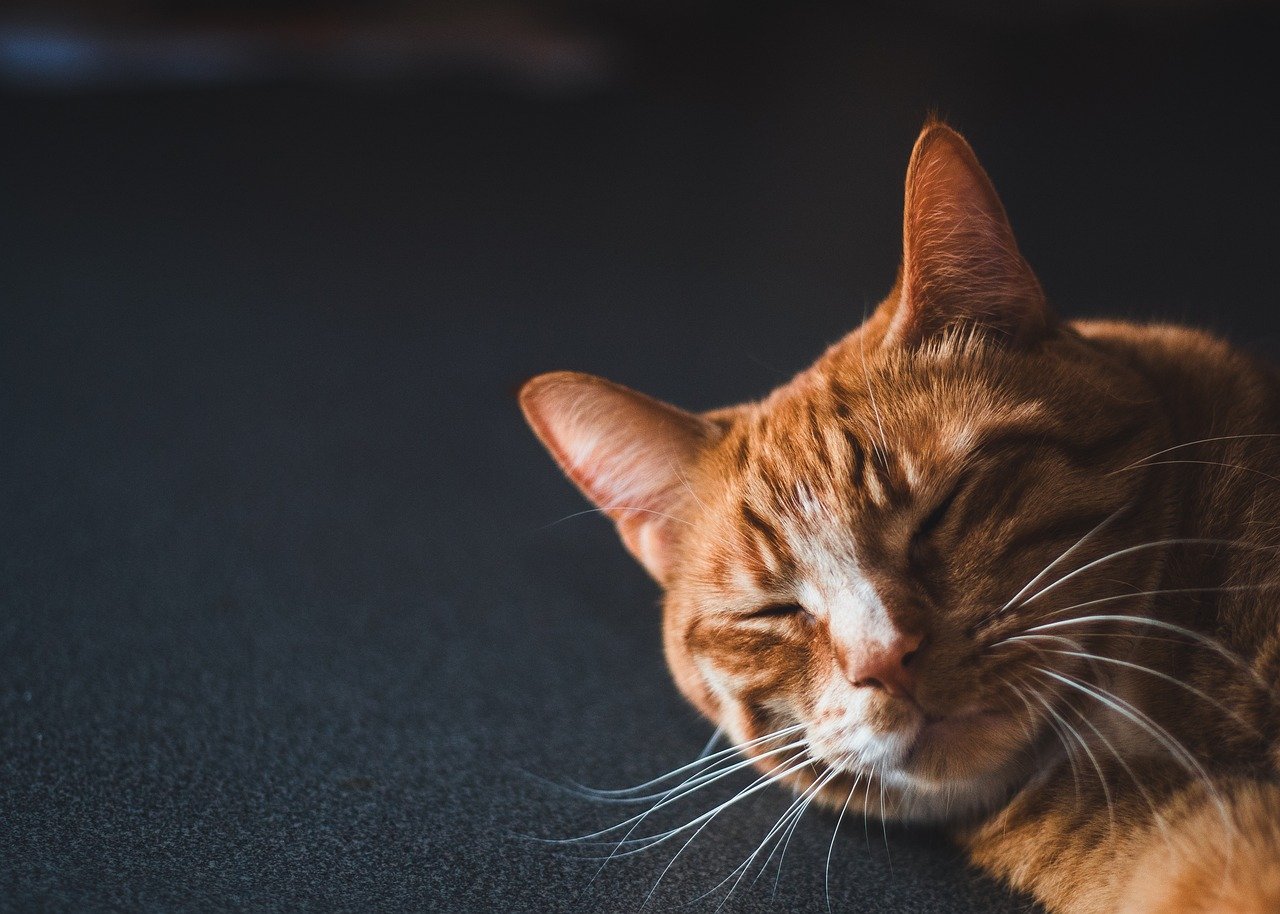
The deities of the Celtic pantheon belonged to the extraordinary Tuath Dé Danann, who are often regarded as beings hailing from the Otherworld. These ancient Irish inhabitants transformed into gods and goddesses, striving to protect humanity from the Fomorian threat and imparting their wisdom to future generations. Among these divinities, Macha is particularly notable for…
-
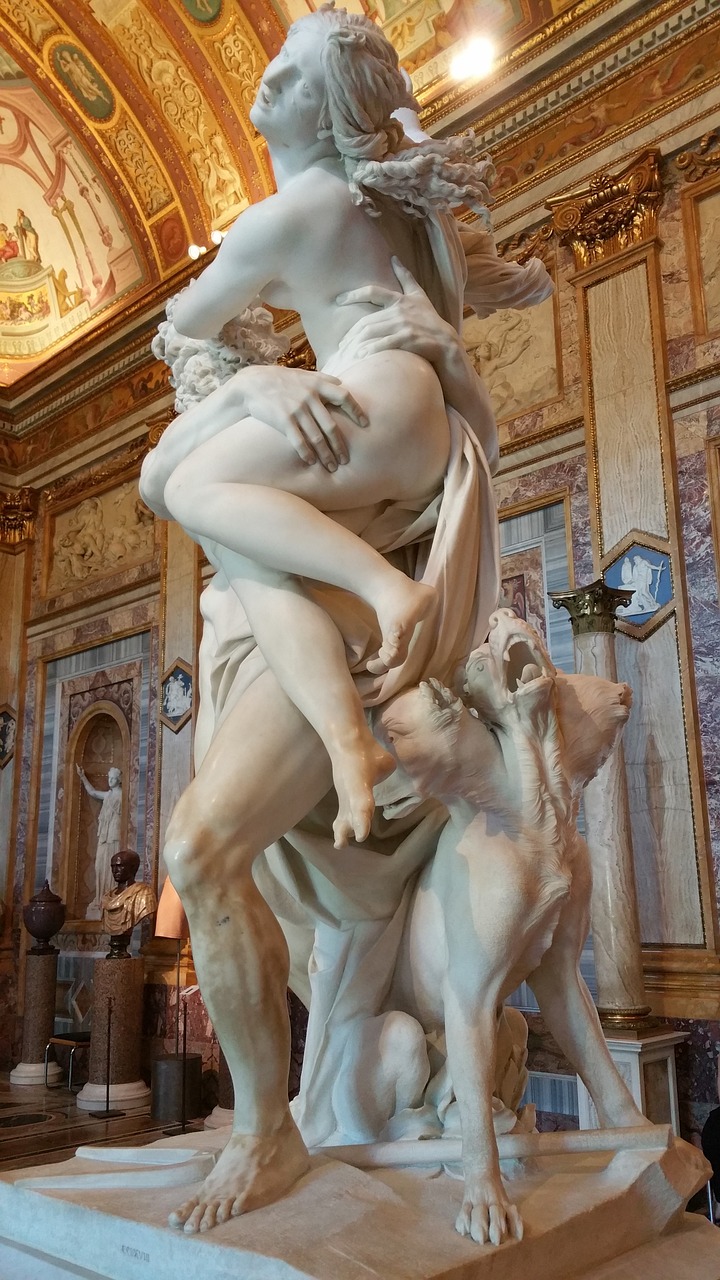
In Roman mythology, Proserpina, known as Persephone in Greek mythology, is a goddess associated with both the changing seasons and the underworld. Her impact extends beyond mere mythology, permeating various cultures and belief systems throughout history. Proserpina’s abduction by Pluto and her reign in the underworld exemplify her dual role as the Queen of the…


